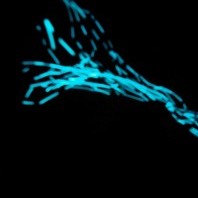
An Illuminating Discussion about the Flashlightfish
Despite its ubiquity in the deeper waters of the oceans, bioluminescence is an unusual behavior in shallow water reef fishes. The most notable exception to this... Read more.
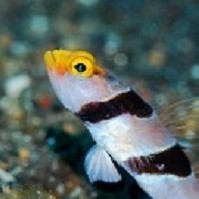
The Evolution and Biogeography of Stonogobiops – Part 3
Yasha Goby (Stonogobiops yasha) First, a brief etyomology interlude, as the origins of the name “Yasha” is an interesting story. The first specimens to be discovered... Read more.

The Evolution and Biogeography of Stonogobiops – Part 2
Yellownose Shrimpgoby (S. xanthorhinica) A common goby throughout the Western Pacific, this is one of the most frequently encountered species offered in the aquarium... Read more.

The Evolution and Biogeography of Stonogobiops – Part 1
The shrimpgobies of the genus Stonogobiops are a common sight in any aquarium store, with species oftentimes selling for not much more than the cost of a cheap damselfish.... Read more.

New study highlights uncertainty in Caribbean gorgonians
Caribbean coral reefs are frequently dominated by tall, branching octocorals known colloquially as “gorgonians”. Identifying these to genus is often simple enough,... Read more.
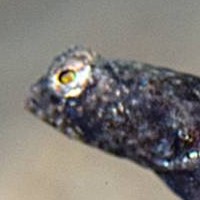
The Ginpohaze – Part 2
Closely related are the seven “sand darts” species of the genus Kraemeria, which differ most notably in the elongated lower jaw adapted for burrowing and the... Read more.

The Ginpohaze – Part 1
The oceans are full of interesting shallow water fishes, but all too often the ichthyological diversity collected for aquarists is limited to only those species... Read more.

A Field Guide To The Sun Corals
By Joe Rowlett The azooxanthellate (=non-photosynthetic) corals that get exported for the aquarium industry are primarily from the large family Dendrophylliidae.... Read more.
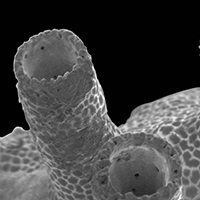
Nanipora, A New Genus of “Stony Soft Coral”
In my recent review of coral evolution, I made very brief mention of an undescribed soft coral which possessed the unusual feature of a stony skeleton. And so it... Read more.
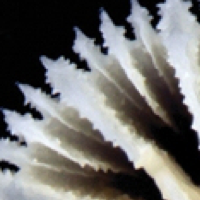
Stony Coral Origins: Their Evolution and Diversification (Part 4)
Mushroom Corals: Order Corallimorpharia There are only about fifty described species of corallimorpharians, but, despite this limited diversity, they are well-known... Read more.

